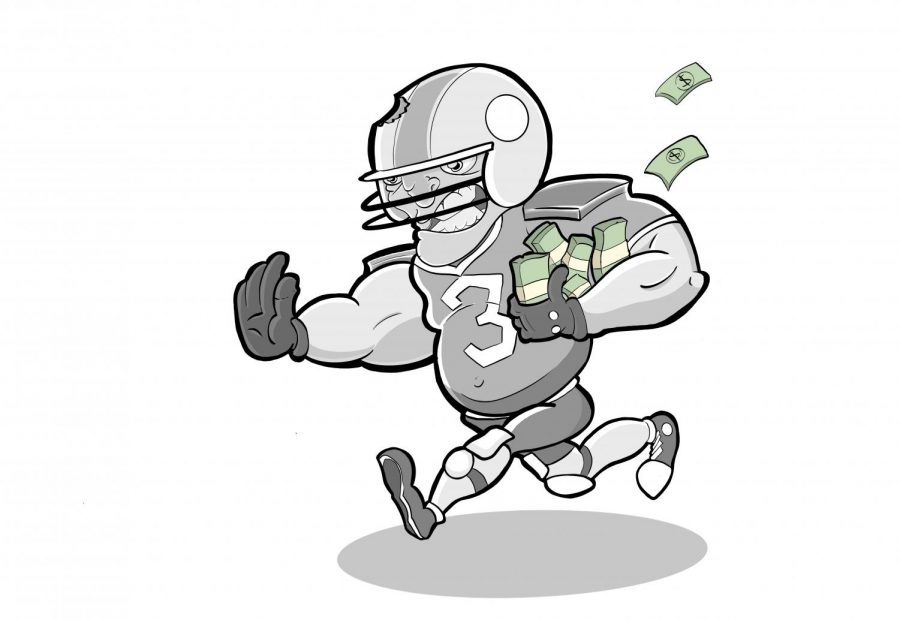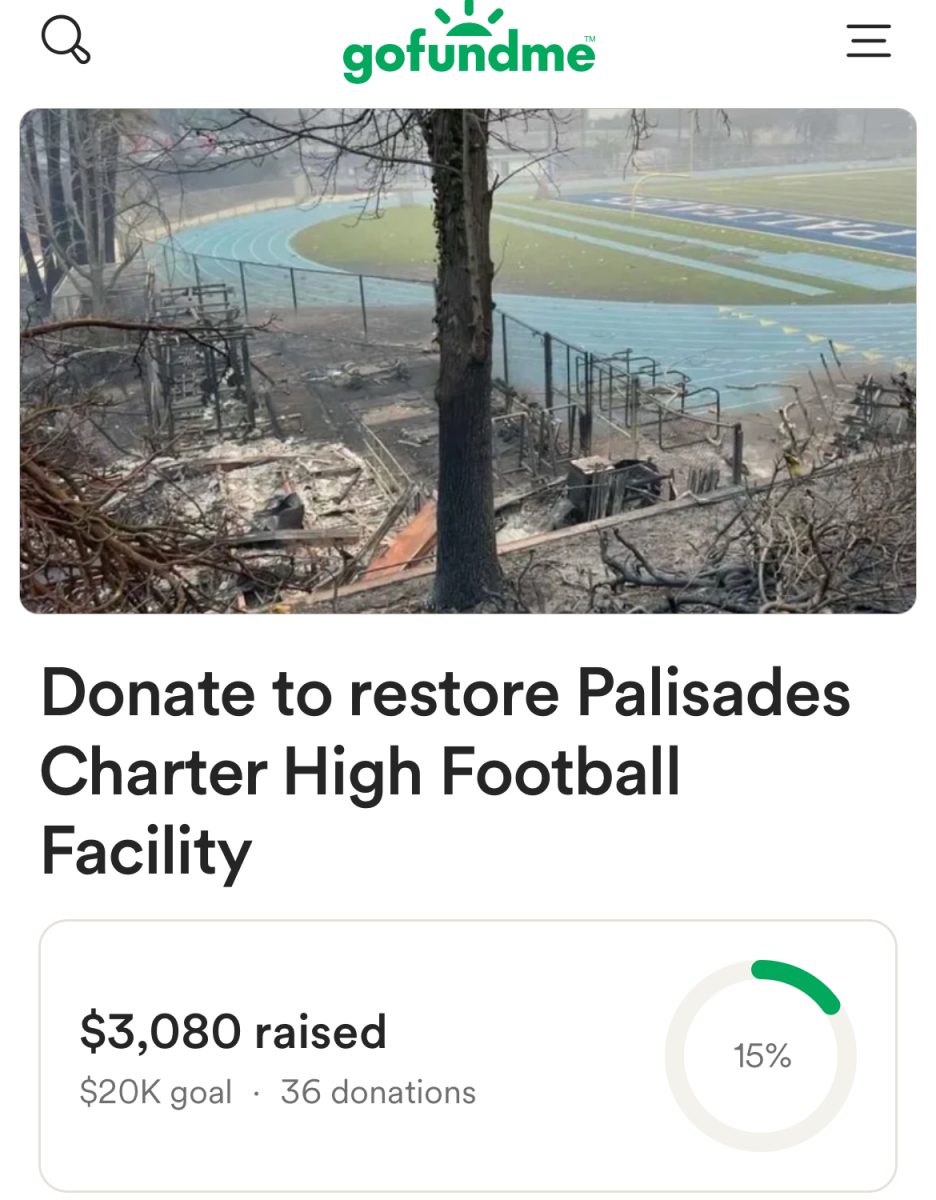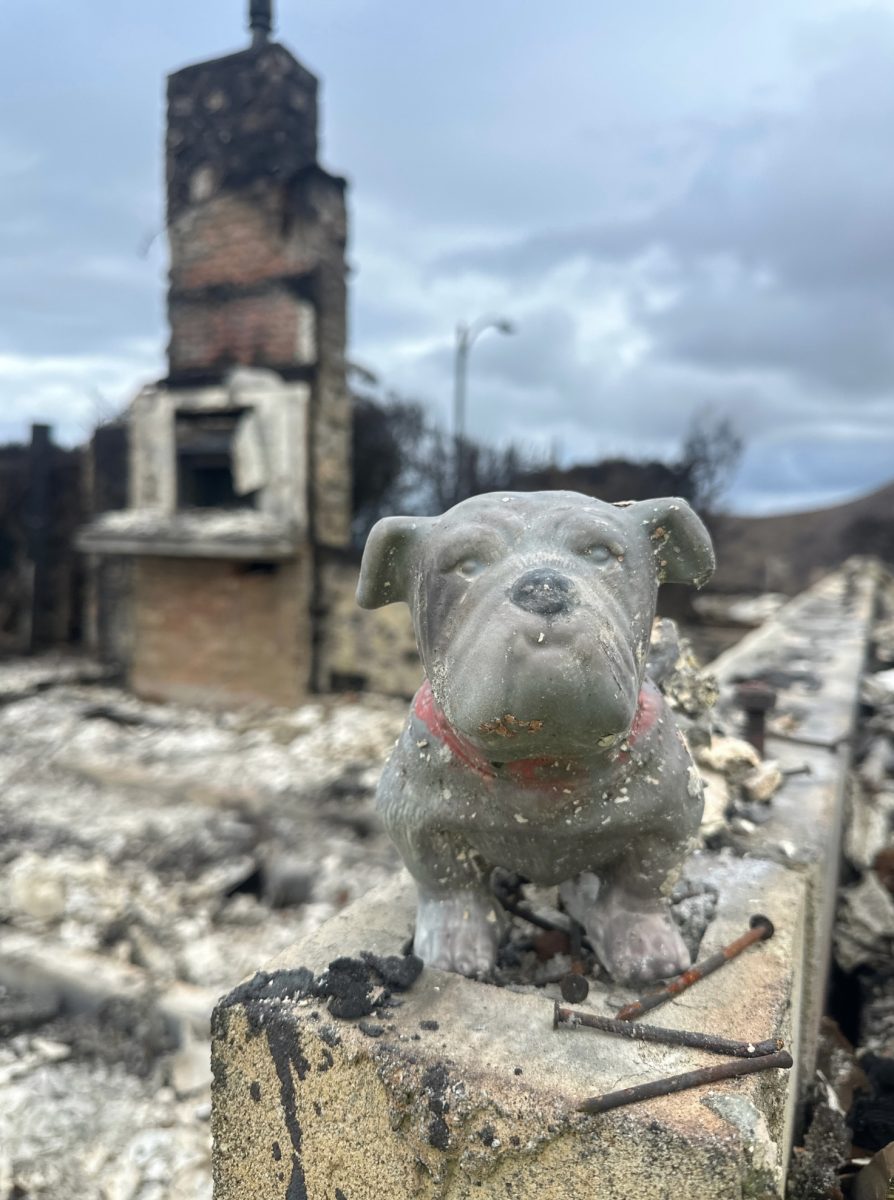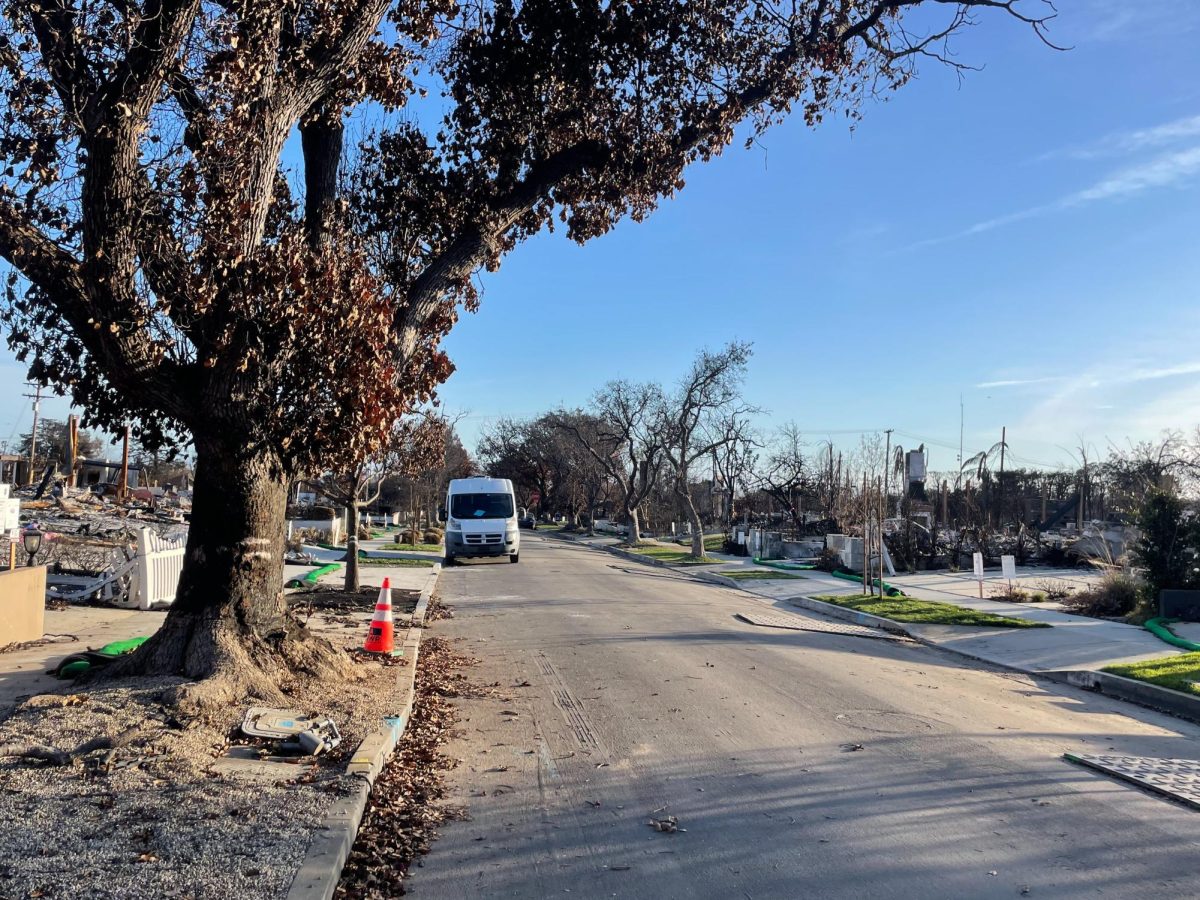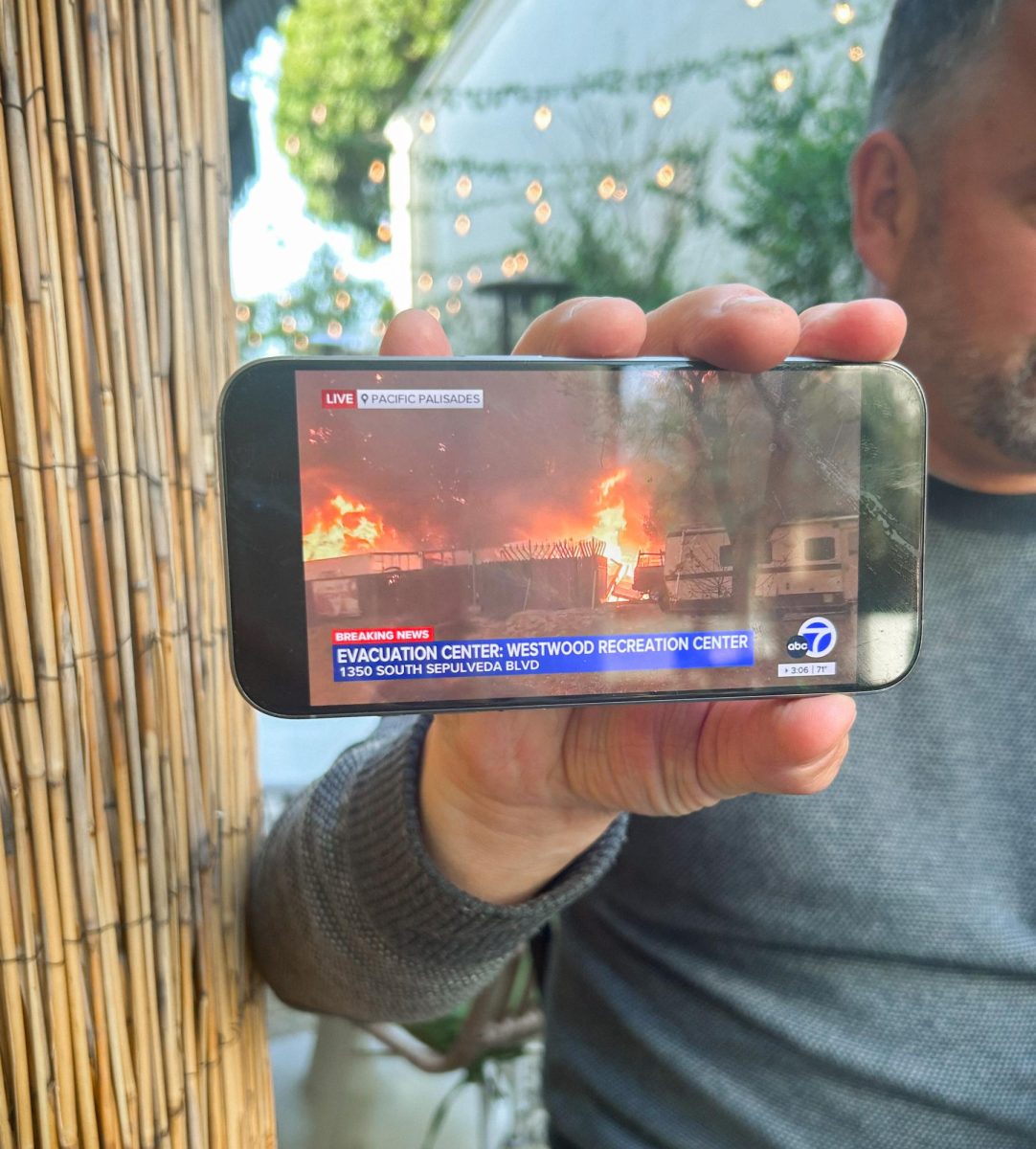Unfair Budgeting Favors Football, Leaving Other Sports Behind
December 13, 2021
As Pali transitions back to in-person learning, sports and afterschool programs are swinging back into high gear. But, with the looming sports budgeting crisis, some teams need to go the extra mile to receive adequate funding. This issue reveals a larger problem that permeates Pali’s athletic programs — the unequal distribution of school funds.
Last year, many fundraising projects were neglected because of the COVID-19 pandemic, and consequently, Pali’s Associated Student Body (ASB) had little money to invest back into school sports programs. These issues only further revealed the disparities in Pali’s sports budget that favors some sports such as football.
This favoritism manifests itself in other ways. Because football is one of the largest programs, it tends to not only be more expensive to support, but also immensely time-consuming. With daily practices lasting from 2:06-5:30 p.m., the team takes up field space needed for other sports such as soccer. Consequently, during their fall season, soccer players must practice on the baseball field and share the space with the baseball team, making practices cramped and difficult.
“Pali isn’t very helpful when it comes to raising money for our basic athletic needs,” senior and varsity soccer captain Mika Moreira said, adding that “the students on the team take fundraising into their own hands to get basic necessities like gear and transportation.”
Pali seniors and co-captains of the girls soccer team, Mona Abai and Aspyn Bernstein, had to fill out a grant and go to the Booster Club in an effort to convince the fund-rasing organization to give them money for new jerseys after their old ones were destroyed during a muddy game.
“It’s annoying because Pali refused to pay for our jerseys, and it was obvious we needed new ones,” Abai said. “It’s also frustrating because I know that the football team gets new black jerseys, too.”
While the football team has three different colored jerseys for each of their 60 players, teams such as girls lacrosse and girls soccer are forced to reuse tattered gear and uniforms. Is that equitable?
Pali programs like the Dance Team are also largely affected by budget cuts. For instance, the team was required to pay for their own sound system if they wanted to perform at this year’s Football Fest. Because the team couldn’t generate the revenue, they were unable to put on their annual performance. The experience of other Pali teams, like girls lacrosse and soccer, mirrors the struggles imposed by inadequate school financial support.
Not only is there a clear bias in terms of funding, but this bias is apparent in advertising as well. While football games are frequently announced over the loudspeaker, most teams have to self-publicize to try and rally student supporters on their own.
Varsity basketball player and Pali senior Owen Larbalestier says that the basketball team gave away T-shirts to try and encourage students to attend games. He added that he only recently found out how to submit announcements. Due to the free T-shirts and announcement, Larbalestier said that attendance improved.
The girl’s volleyball team took matters into their own hands by creating “pack the gym” flyers to increase their traditionally low spectator turnout. But, Pali senior and girls volleyball team member Stella Becir said that “the gym was not packed,” but rather, the stands were filled with just 50 Pali supporters, most of whom were parents of the players.
Football games are “so ingrained in Pali culture,” while volleyball is a “very underrated sport,” she said. “We put just as much work into this, we’re practicing every day too. I’d love to see some more school spirit at the games.”
The lack of announcements for other sports can be detrimental because the students that compete in those sports are not being supported and don’t receive enough publicity to earn the necessary funding from spectators or interested donors.
ASB Treasurer and Pali senior Max Rodman said that while he agrees that school announcements favor football events, Pali, “at least sports-wise, is more centered around football… because there is a lot more attendance and hype around it.” However, the reason behind this football craze stems largely from the team’s over-the-top funding that allows them to generate this publicity and increase their attendance. This vicious cycle will not end unless it is stopped at its root — Pali’s sports budget.
Because of Pali’s inequitable funding model, there will always be broad discrepancies between individual sports, whether that involves gear, transportation or field space. To help address this financial divide, Pali students and sports players need to be more involved at board meetings and fundraisers put on by ASB. They should also show support at sporting events and have conversations with advisors and coaches to advocate for more equitable budget distribution. As not only a school, but a community, Pali students must do a better job at advocating for their peers in the athletic world and come together to end this unequal budgeting crisis.


